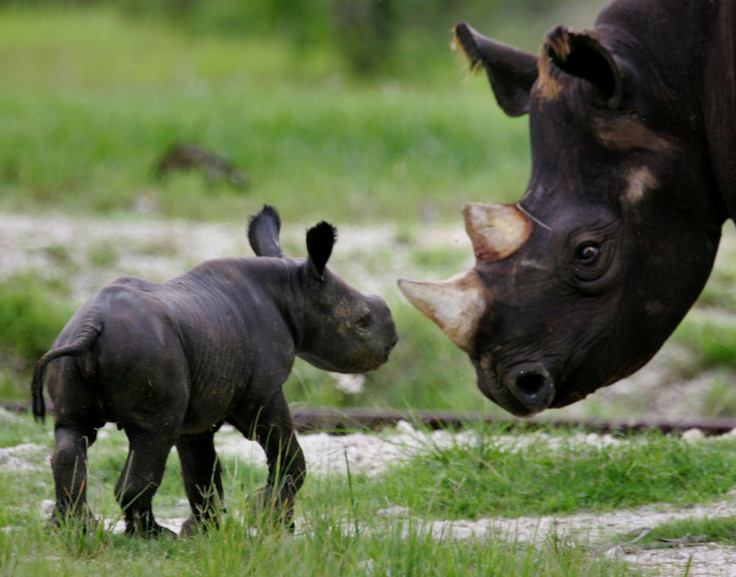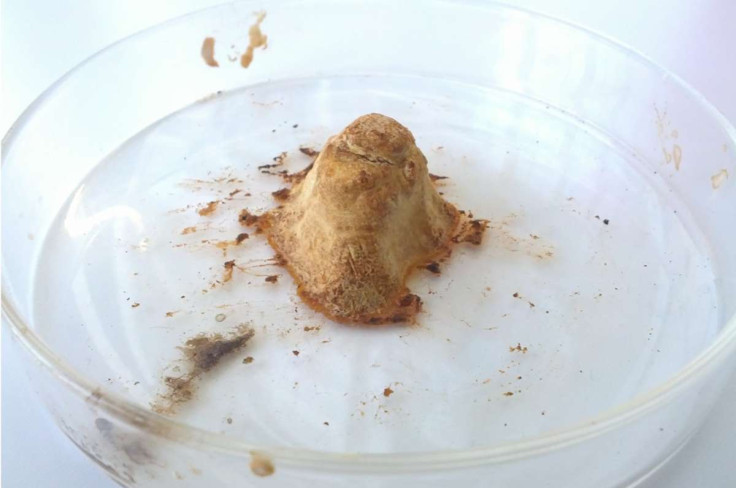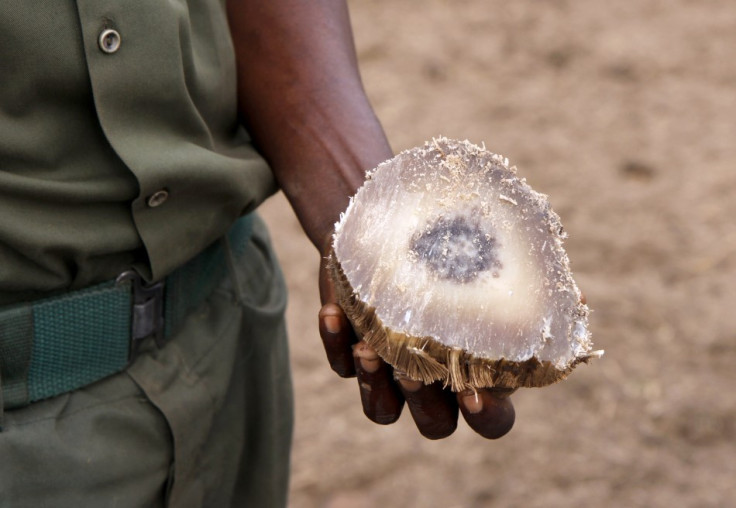Biotech firm Pembient to roll out 3D printed rhino horns to curb poaching but will it work?

Biotech company Pembient is planning to roll out 3D printed rhino horns in a bid to curb poaching, with the US-based firm planning to release the first one in the summer.
The company develops products that are genetically similar to rhino horns and the founders believe they will offer an alternative to poached horns. A survey by Pembient found 45% of users would accept using rhino horns created in a laboratory.
"In comparison, only 15% said they would use water buffalo horn, the official substitute for rhino horn," said Matthew Markus, CEO of the company.
Rhino-poaching figures from South Africa show 1,215 animals were killed in 2014. Demand for the product has increased over the past decade, an upward trend attributed to a rise in living standards in Asia, where the horns are used for traditional medicine.
William Ripple from Oregon State University, who recently led a study into herbivore extinction threats, told IBTimes UK the vast amounts of money involved in the poaching industry means it is difficult to curb. He said: "The rhino horns sell by weight more than the cost of diamonds, gold or cocaine. There's huge amounts of money involved.

"There's a subspecies of the white rhino and there's only one left. There are armed guards around it and they sawed off its horn to protect it from the poachers. It is getting to be a critical situation for these species."
Pembient announced plans to produce the 3D printed horns at the start of 2015 and has now said it aims to release the first one in June. Limited quantities will be sold shortly after, with a portion of the sales going towards the protection and management of wild rhinos – the cost would be about a tenth of what rhino horns currently sell for. It hopes its product will provide an outlet in the same way faux fur did.
Ryan Bethencourt, programme director of parent company Indie Bio, said: "We're finally moving out of the realm of solely discussing biology in regards to a drug-based world. We'll continue to heal human bodies through biotechnology but we'll also increasingly feed, clothe and house the world through bioengineered systems. Ultimately, there's no reason why live animals should be used in any part of our food or goods chain and we're working to make that a reality."
How the company makes the horns is not known but TechCrunch said Pembient has worked out the genetic code of the specific type of keratin protein that makes up the rhino horn, meaning it can reproduce them with a 3D printing technique.

However, some experts have said the idea will not work. Colman O'Criodain, from the WWF, said there is already a great deal of fake horns in circulation that has not led to a decrease in poaching. He said: "In general, we favour trying to change consumer behaviour rather than pandering to it," he told the Toronto Star.
Crawford Allen, senior director at Traffic, told New Scientist: "The road to hell is paved with good intentions. My hat's off to these guys for sticking their necks out and trying to do something but they should sit down with the people in the country who are experts on consumers and talk these things through, because this could really backfire."
Nevertheless, Markus says it is an avenue worth trying. He said: "This is something people want and we have the technology to make it available to them. Why not try to satisfy their needs instead of telling them their needs are wrong?"
© Copyright IBTimes 2025. All rights reserved.





















